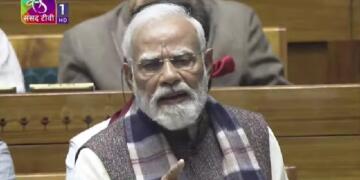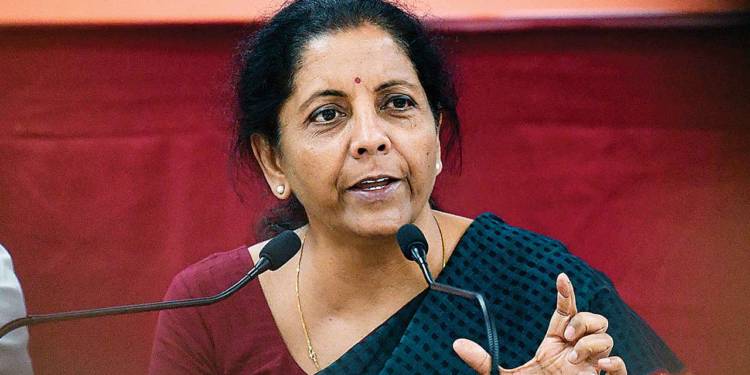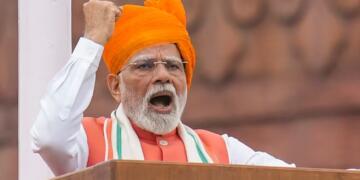In what can be described as a welcome sign for the Indian economy, the performance of the Public Sector Banks (PSBs) has improved substantially which is reflected in improved asset quality. At the end of March 2019, the non-performing assets (NPAs) of the PSBs have come down to Rs 7.9 trillion. This was disclosed by Finance Minister Nirmala Sitharaman. This is a remarkable improvement when compared to the gross NPAs of Rs 8.65 trillion at the end of December 2018 and Rs 8.69 trillion at the end of September 2018. Loan recovery has also improved substantially in FY19 to Rs. 1,21,076 crore as compared to Rs. 77,653 crore in FY18.
A marked improvement in the financial health of the Public Sector Banks (PSBs) comes as a boost to the Indian economy. This also shows that the efforts made by the Modi government to boost the national economy are giving good results. Improving the health of Public Sector Banks is a top priority for the Modi government. Recently, the Union Finance Minister had announced the decision to merge 10 public sector banks into 4. This move will bring down the number of state-owned banks to 12 from 27 in just two years. This move is being seen as a major reform in the banking industry which would give a major boost to the Public Sector Banks of India.
Finance Minister Nirmala Sitharaman explained the rationale behind the selection of banks for mergers and said that while the large overall capacity of one bank was chosen, the technology-driven capacity of the other and the deposit franchise of the third was identified before the list of mergers was chalked up.
With the government taking the mergers route to increase the efficiency of public sector banks, PSBs will be able to effectively challenge the private banks. It must be noted that the ongoing NPA crisis can be directly attributed to corrupt lending practices in public sector banks. The employees of public sector banks provided loans to some businesses despite being aware of their viability. Corrupt businessmen bribe the public officials or come with ‘sifaarish’ from someone in government to get loans. Private Banks generally do not develop bad debts because if their management lent to a client who is a potential defaulter, then the liability would be on their shoulders and not on the government.
It must be kept in mind that privatization of all private banks is not an option because some public banks are required to maintain healthy public finances and rural lending. So, steps like the merger of banks are necessary to keep public sector banks in good shape. If there will be fewer banks, they will be able to operate with more efficiency. Fewer employees will be required because many executives with similar tasks will no longer be required. The government will find it easy to supervise if there are fewer public sector banks.
The merger of banks is a crucial step for the Indian economy. It seeks to achieve the desired object of credit expansion through this move. The idea is to build next-gen, big banks that would be able to make use of economies of scale so that they would be able to use a higher magnitude of resources and bring down the cost of lending.
A marked improvement in the financial health of the PSBs might just turn out to be the kind of boost that the government needed even as it looks to bring about a massive turnaround through its merger move. The PSBs seem to be showing signs of picking up in financial health and that is a very encouraging sign as the country embraces the mega-bank merger announced by the government.































